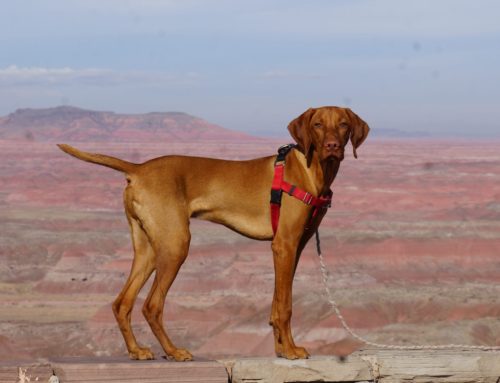This is a Quora questions that I was asked to answer. My answer is below.
In general, I think it is probably a big deal, since UO is a large and recognized apparel retailer. But I am not specifically an apparel expert, so that real answer is, “it depends”. But here is how I would go about answering that question.
How big is the PO and for how many stores? Is UO placing a small PO to test merchandise sales in a small group of stores? If so, then it might not be a big deal, especially if this is the way that large apparel retailers test new products.
If UO is placing a large PO for a large number of stores, then that would be a bigger deal to me because it might show that they believe in the vendor enough to be making a commitment to stock that many stores. That would certainly add more weight when approaching other apparel retailers to also stock the vendor.
How many SKU’s are included in the order. If it’s several product lines and SKU’s within each line, then that carries more weight than a retailer ordering 1 or 2 SKU’s only. The more shelf space a brand can capture, the more it indicates that the retailer believes in the vendor and what their products can do for the retailer.
Where will the product be merchandised? Is it in an attractive shelf location with good foot traffic that is eye-level? Or, is it on the bottom of the shelf in a sleepy category of the store?
Does UO have good recognition withing the apparel retail industry?. For example, in food, there are many channels (club, mass, grocery, drug, etc). The grocery channel includes many large and small grocers. Some of the large and well-run grocers, such as Kroger, carry more weight in the industry and if you are a food vendor, you generally want to sell to Kroger. I would place more weight on a vendor that sells to Kroger chain-wide than say SuperValu, which is not as good a grocer as Kroger. Same goes with CVS/Walgreens vs Rite Aid. The former are better drug retailers than Rite Aid. Selling to these retailers might give the vendor more leverage when approaching other “A” retailers, like Costco, Walmart, Target, etc.
Finally, what is the financial condition of UO? Will they be able to pay the vendor? Or, are they just ordering merchandise based on lowest cost and best terms and not on the vendor’s brand strength?





